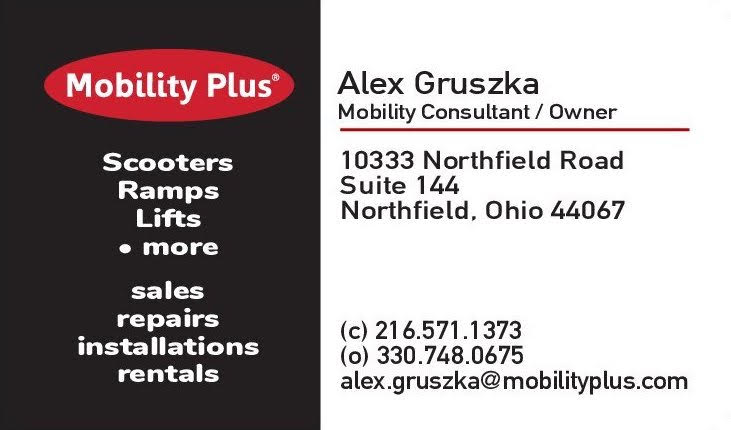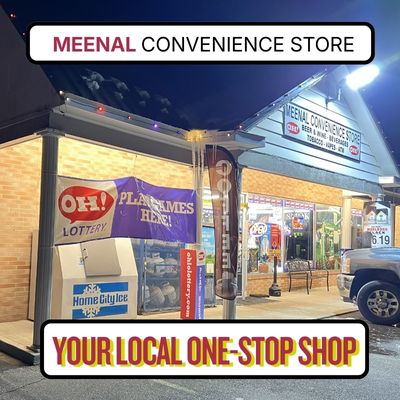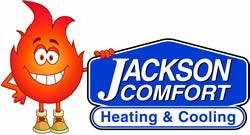Making the Choice That Matches Your Daily Life
When considering powered mobility options, the choice between a mobility scooter and a power wheelchair can feel overwhelming. While both devices provide independence and freedom, they serve different needs and lifestyles. Understanding these differences will help you choose the mobility solution that truly enhances your daily life.
The key isn’t just about mobility—it’s about finding the device that seamlessly integrates with how you live, where you go, and what activities matter most to you.
Understanding the Fundamental Differences
Control and Operation
Power Wheelchairs: Use a joystick control system that can be operated with one hand, requiring minimal upper body strength. If you don’t have the hand strength or fine motor control to use a joystick, the power wheelchair can be modified to respond to small movements of the chin or tongue.
Mobility Scooters: Operated with a tiller and handlebars, requiring both hands to steer and control. Electric scooters are driven with a tiller connected to the handlebars, so the user needs to have sufficient upper body strength to hold their arms out for long periods of time.
Physical Requirements
Power Wheelchairs: Designed for users with limited upper body strength or control. The ability to customize the accessibility features of a power wheelchair makes this the most suitable option for people with conditions like muscular dystrophy who don’t have full upper body control.
Mobility Scooters: Require the ability to sit upright without extensive support and maintain balance during turns. Depending on the model you choose, you will need to be able to sit up straight and hold yourself steady in the seat, as lighter models don’t usually have a seat belt or headrest.
Lifestyle Assessment: Indoor vs. Outdoor Focus
The Indoor Lifestyle
Power Wheelchairs Excel When You:
- Spend most of your time at home
- Need to navigate narrow hallways and doorways
- Require seating for extended periods throughout the day
- Need accessibility in tight spaces like bathrooms and bedrooms
Power wheelchairs are able to maneuver better when indoors, especially through hallways and doorways. Powered wheelchairs tend to have a smaller turning radius, and such vehicles are more maneuverable than scooters.
Key Indoor Advantages:
- Tight turning radius for navigating furniture
- Chair-like seating for all-day comfort
- Easy transfer to beds, sofas, and other furniture
- Better integration with home accessibility features
The Outdoor Adventure Lifestyle
Mobility Scooters Excel When You:
- Primarily need assistance for longer outdoor distances
- Enjoy shopping trips, park visits, and community activities
- Can handle most indoor mobility independently
- Want a device for specific outings rather than all-day use
Many scooters are engineered for driving outdoors over more varied terrain. Electric scooters for people with limited mobility excel at outdoor use with greater range and speed.
Key Outdoor Advantages:
- Higher speeds for covering distances efficiently
- Better ground clearance for uneven surfaces
- Longer range on a single charge
- Weather-resistant design for outdoor conditions
Daily Usage Patterns: Occasional vs. Constant Use
Occasional and Specific Activity Use
Mobility Scooters Are Ideal For:
- Shopping trips and errands
- Recreational outings to parks or events
- Vacation and travel mobility
- Recovery periods after surgery or illness
Generally, mobility scooters are best for light or infrequent use. People who buy mobility scooters will often use the scooter for specific activities rather than as their primary means of mobility throughout the day.
All-Day, Primary Mobility
Power Wheelchairs Are Designed For:
- Users who need mobility assistance for most daily activities
- All-day seating and positioning support
- Primary means of transportation both indoors and out
- Users with progressive conditions requiring increasing support
Generally, power wheelchairs are best for all-day use. If you’re using it at home, chances are you’ll spend a great deal of time on your mobility aid.
Comfort and Customization Considerations
Seating and Support Systems
Power Wheelchair Advantages:
- Apart from the type of controller, electric wheelchairs can be fitted out with a customized, padded captain’s seat, adjustable folding footrests, an adjustable headrest, and accessories like a USB charging port.
- Some reclining electric wheelchairs can even raise the user up to a standing position.
- Multiple pressure relief and positioning options
- Specialized cushioning for pressure sore prevention
Mobility Scooter Characteristics:
- Mobility scooters have less adjustability, but they can be disassembled into lightweight pieces for transport.
- More one-size-fits-all approach to seating
- Basic comfort features suitable for shorter-term use
- Limited positioning options
Terrain and Environment Handling
Power Wheelchairs:
- Excel on smooth, flat surfaces and slight inclines
- Better suited to flat, even terrain and slight slopes such as access ramps
- Optimal for indoor surfaces and accessible pathways
- More stable on uneven surfaces due to multiple wheels
Mobility Scooters:
- Designed to handle varied outdoor terrain with larger wheels
- Better performance on grass, gravel, and uneven surfaces
- Higher ground clearance for outdoor obstacles
- More powerful motors for hills and inclines
Transportation and Portability
Travel-Friendly Options
Mobility Scooters:
- Many models disassemble into lightweight pieces
- Can often fit in car trunks when disassembled
- Lighter individual components for loading
- Better suited for vacation and travel use
Power Wheelchairs:
- Some foldable models available for travel
- Generally require vehicle modifications or larger vehicles
- May need wheelchair-accessible transportation
- Better for local daily use rather than frequent travel
Financial Considerations
Insurance and Medicare Coverage
Power Wheelchairs:
- More likely to be covered by Medicare Part B when medically necessary
- Often considered durable medical equipment for home use
- Higher upfront cost but potentially better insurance coverage
- Average range: $2,000-$5,000
Mobility Scooters:
- A scooter designed for use exclusively outside the home by a senior who’s otherwise mobile and doesn’t require help with the activities of daily living is unlikely to be covered by Medicare
- Generally more affordable upfront
- Often considered convenience rather than medical necessity
- Average range: $1,500-$4,000
Making Your Decision: Key Questions to Ask
Assess Your Daily Routine
- Where do you spend most of your time? If primarily indoors, consider a power wheelchair. If mainly outdoor activities, a scooter may suffice.
- How long do you need to be seated? All-day users need the comfort and support of power wheelchairs.
- What’s your upper body strength? Limited strength suggests power wheelchair controls will be easier.
- Do you need positioning support? Progressive conditions often require the customization available in power wheelchairs.
Consider Your Future Needs
Think about how your mobility needs might change over time. Power wheelchairs offer more adaptability for changing conditions, while scooters are excellent for stable, specific-use situations.
Transportation Requirements
Consider how you’ll transport your mobility device and whether your vehicle can accommodate your choice.
The Right Choice for Your Lifestyle
The decision between a mobility scooter and power wheelchair isn’t about which device is “better”—it’s about which one fits your specific lifestyle, needs, and preferences.
Choose a Mobility Scooter if you:
- Are generally mobile at home but need assistance for longer distances
- Primarily need outdoor mobility support
- Use mobility assistance occasionally or for specific activities
- Have good upper body strength and balance
- Need a device that’s easy to transport
Choose a Power Wheelchair if you:
- Need mobility assistance for most daily activities
- Spend significant time seated in your mobility device
- Require extensive seating support and positioning
- Have limited upper body strength or control
- Need maximum maneuverability in indoor spaces
Expert Guidance Makes the Difference
The choice between a mobility scooter and power wheelchair is highly personal and depends on your unique circumstances. Consider factors like your living environment, activity level, physical capabilities, and long-term needs.
At Mobility Plus Northfield, we understand that choosing the right mobility solution is about more than just moving from point A to point B—it’s about maintaining your independence and enhancing your quality of life. Our team can help you assess your specific needs and find the perfect match for your lifestyle.
Ready to explore your options? Contact Mobility Plus Northfield for a personalized consultation. We’ll help you evaluate your needs and find the mobility solution that truly fits your life. Mobility Equipment for Sale in Northfield, OH
























